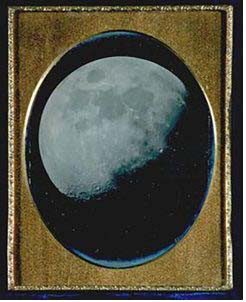
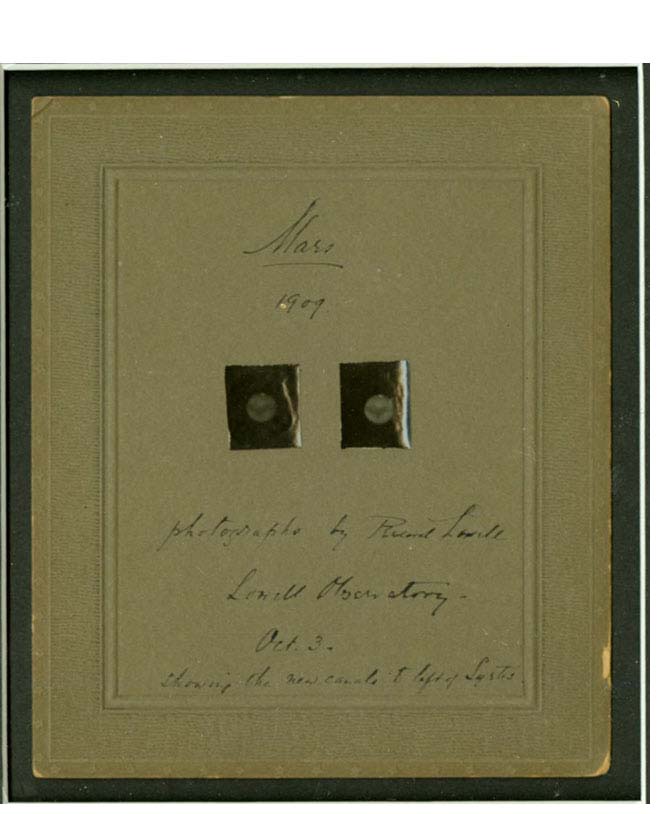

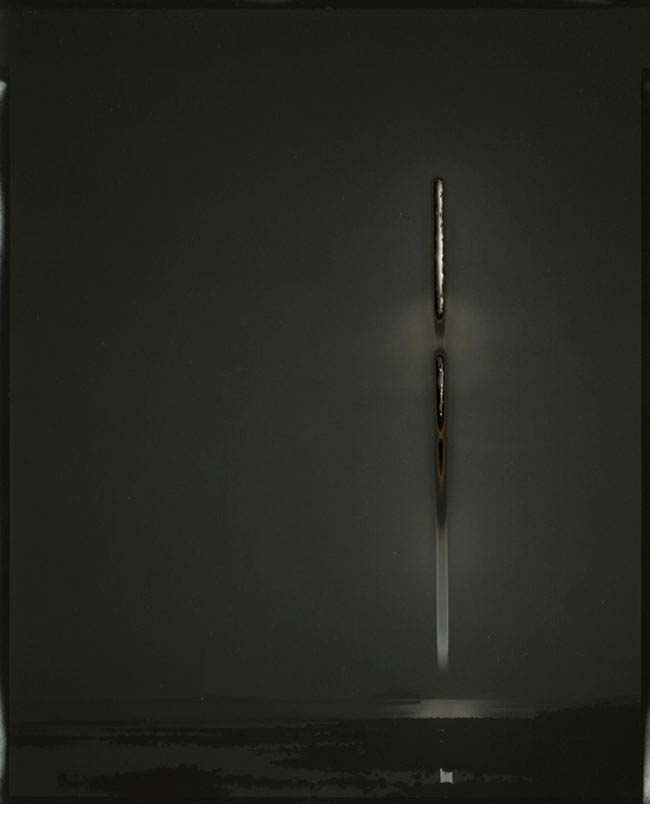
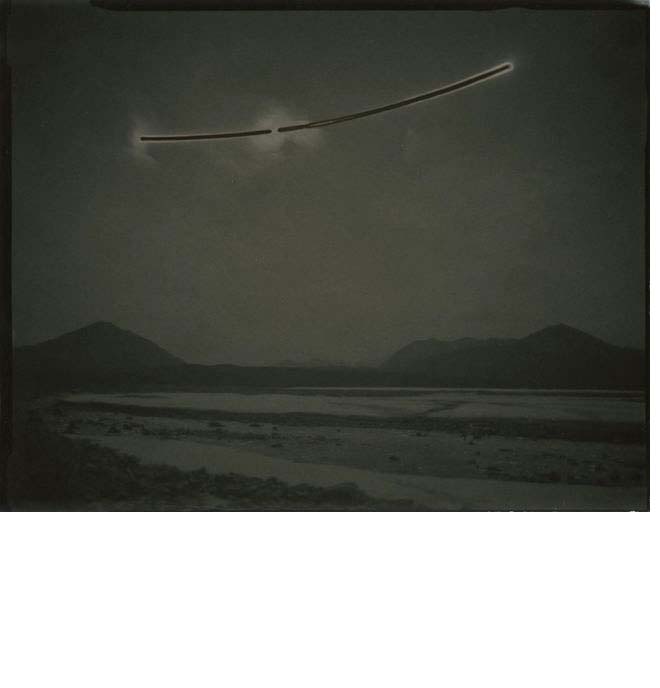

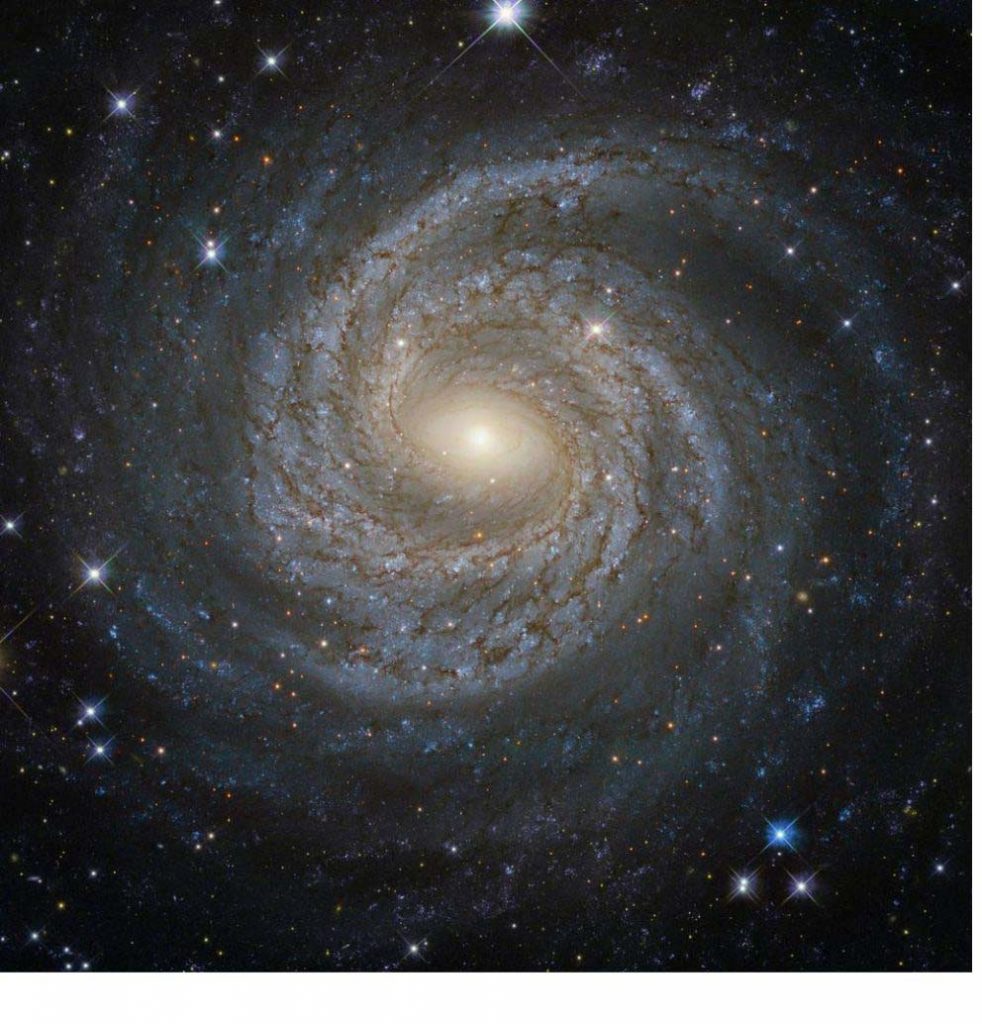
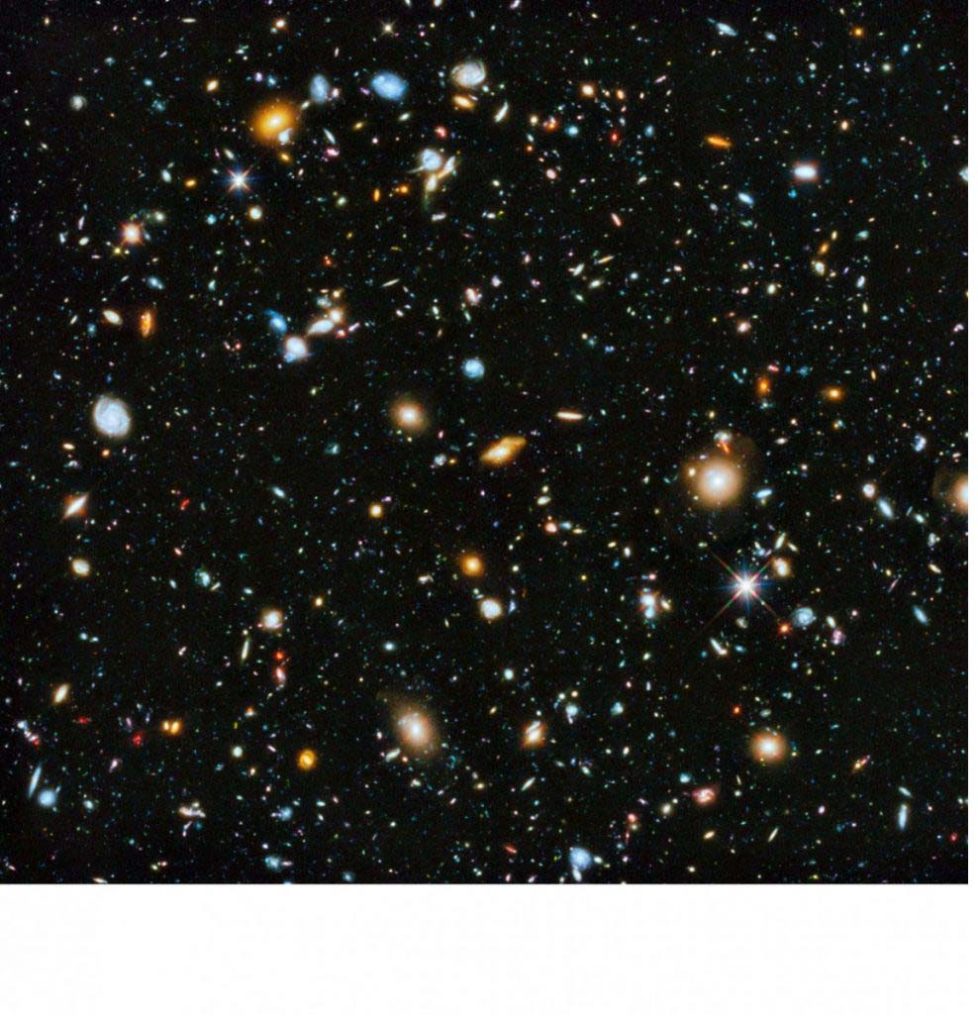

When we think of the environment, we usually focus on where we live, or our continent, or perhaps the oceans, or even the entire planet. But the environment can also include our place among other planets, stars, and astronomical phenomena. Indeed, the first photographs of the earth taken from outer space in the 1960s were astonishing statements about the beauty of the so-called “blue marble” on which we live and its position in a larger galaxy and expanding universe.
Astronomical photography has played an important part in the history of photography, dating back to early daguerreotypes of the moon made by John Adams Whipple and George P. Bond in the 1850s, and more recently in the history of the environmental movement. The links between the Space Race and the rise of the environmental movement in the 1960s suggest complicated connections between space age technology, Cold War ideology, environmental activism, and the notion of the frontier.
Advances in photo technology undergird many photographs of the cosmos. Images compiled using data recorded by the Hubble Space Telescope have offered remarkable visual reconstructions of the deep reaches of space, while contemporary artist Chris McCaw’s photographs are marked with lines actually burned by the sun as it makes its way across the sky.
Lunar, solar, and even images of extraterrestrials have sparked our imaginations about our place in a cosmic environment that includes the moon, the sun, and the stars. As concern for our planet’s future grows and funding for scientific research diminishes, astronomical images encourage us to consider the earth in its broadest of contexts.
In his book Learning to Die in the Anthropocene, Roy Scranton writes, “Our knowledge of this vast universe remains ridiculously limited. At the same time, that same knowledge is utterly awesome. For a growth of carbon scum on a spinning rock in the backwater of an unremarkable galaxy light years from anywhere to develop the technology to send radio telescopes into space to measure the age of trhe universe is a prodigious achievement. Our primate curiosity and intellectual hubris have inspired breathtaking audacities. Just a few thousand years ago we were learning to make marks on clay. In the blink of an eye, we’ve brushed our fingers against eternity.” ” 1 (text with tooltip) Roy Scranton, <em>Learning to Die in the Anthropocen</em>e (San Francisco: City Light Books, 2015), pp. 115-16.
